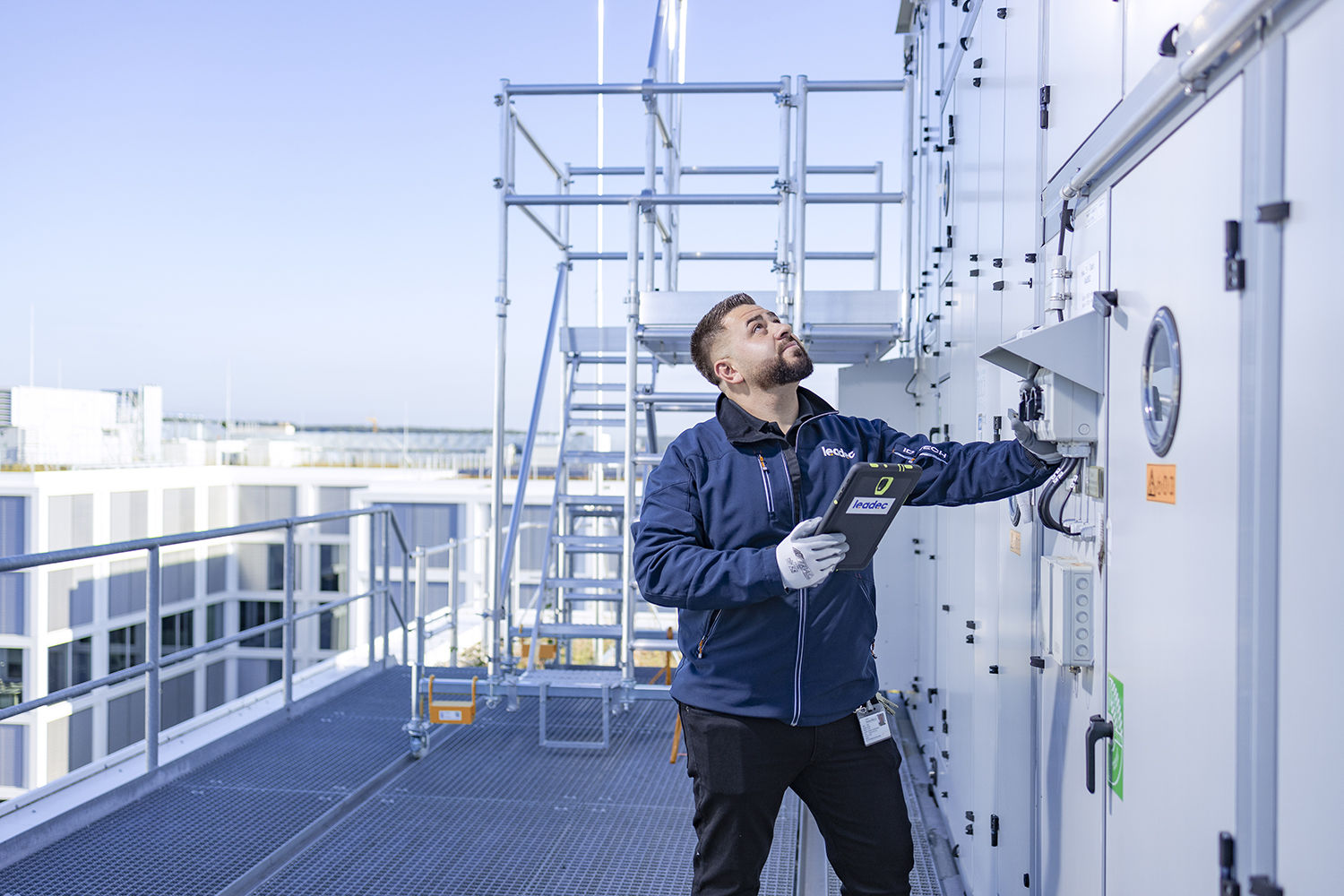The Crucial Overview to Facility Management: Approaches for Success
Center management plays a vital function in the general success of an organization, offering as the foundation that supports effectiveness, safety, and performance. The subtleties of reliable facility administration prolong past mere logistics and need a detailed understanding of both qualitative and quantitative metrics.
Comprehending Facility Management
What makes up effective center monitoring? Efficient facility monitoring incorporates the sychronisation of various business functions to make certain that developed settings are risk-free, efficient, and helpful to performance. Facility Management. It incorporates the principles of design, business, and design management to develop a smooth operational flow within an organization
Trick components of facility administration consist of space planning, maintenance administration, and compliance with wellness and security regulations. Room planning concentrates on enhancing making use of physical sources to sustain business goals, while maintenance administration makes sure that centers are kept in ideal condition, maximizing life-span and reducing operational expenses. Conformity with regulatory and lawful criteria is important, as it safeguards the organization versus prospective liabilities and enhances its track record.
Moreover, effective center monitoring relies upon the tactical usage of modern technology, such as Building Monitoring Solution (BMS) and Computer-Aided Center Monitoring (CAFM) tools. These innovations assist in real-time surveillance of structure systems and enhance maintenance processes. Ultimately, a thorough method to facility administration not just advertises operational efficiency yet additionally cultivates a positive setting for staff members and site visitors alike, driving overall business success.
Secret Strategies for Optimization
Optimizing facility management calls for a calculated strategy that straightens operational exercise with organizational purposes. To accomplish this, the first vital strategy is the application of integrated technological solutions. Making use of innovative software systems permits real-time surveillance of center operations, promoting data-driven decision-making and improving general efficiency.
Secondly, regular assessments of center efficiency are essential. Carrying out regular examinations and audits makes it possible for facility managers to recognize areas that require renovation, making sure that resources are designated successfully. This positive approach helps in minimizing downtime and boosting service shipment.
One more crucial method is fostering collaboration across departments. By encouraging open interaction between teams, facility managers can better straighten their techniques with business goals, bring about enhanced functional harmony. In addition, involving personnel in training programs promotes a culture of accountability and boosts their ability to add to optimization initiatives.
Enhancing Safety Procedures
Strengthening safety protocols is essential for developing a secure setting within centers. An extensive safety method not just safeguards site visitors and employees yet also improves operational effectiveness. To accomplish this, facility supervisors need to carry out regular risk assessments to recognize possible risks and make certain that suitable measures remain in area.
Educating and education and learning are essential parts of efficient security methods - Facility Management. Employees must receive continuous training in emergency situation treatments, equipment handling, and personal protective measures. Normal drills, such as fire emptyings or lockdown treatments, foster knowledge and preparedness amongst team
Additionally, clear interaction networks should be established to report security worries without delay. This consists of producing an accessible system for staff members to voice possible risks or cases without anxiety of retribution. Leveraging innovation can enhance safety and security procedures; for example, executing monitoring systems and gain access to controls assists keep track of center tasks and limit unapproved access.
Lastly, conformity with neighborhood guidelines and market criteria is non-negotiable. Routine audits and reviews of safety and security methods make sure alignment with present regulations and finest techniques. By prioritizing these techniques, center supervisors can cultivate a society of safety that shields all stakeholders and ultimately adds to the company's success.
Improving Office Environment

Ergonomic factors to consider are important to minimize physical pressure and discomfort. Facility Management. This entails providing adjustable furnishings, correct lights, and adequate space for motion. These adjustments can result in decreased absenteeism and increased work satisfaction
Visual appeals play a crucial duty fit the workplace ambience. Using color psychology, Read Full Report all-natural lights, and greenery can promote a welcoming and stimulating atmosphere. Attentively designed spaces can increase creative thinking and boost general wellness.
Furthermore, encouraging staff member involvement through comprehensive decision-making procedures can enhance the feeling of possession and belonging. Collecting comments on office enhancements and including staff members in the layout procedure can lead to an extra customized atmosphere that fulfills their needs.
Finally, advertising wellness initiatives, such as health cares and relaxation spaces, can additionally add to a supportive workplace society. By concentrating on these approaches, center supervisors can properly boost the workplace atmosphere, driving both staff member satisfaction and organizational success.
Measuring Success in Facilities
Gauging success in center administration calls for a detailed approach that assesses both quantitative and qualitative metrics. Quantitative metrics typically consist of vital efficiency indications (KPIs) such as area application rates, power consumption, maintenance prices, and tenancy degrees. These metrics supply a clear photo of operational efficiency and financial efficiency, enabling facility managers to recognize areas for improvement and criteria versus industry requirements.
Qualitative metrics, on the other hand, concentrate on individual complete satisfaction and staff member interaction. Studies and responses devices can gauge just how well the centers meet the needs of owners, helping to assess the total office environment. This facet is important, as a completely satisfied workforce is usually connected to boosted productivity and retention rates.
To effectively determine success, center supervisors ought to additionally consider incorporating modern technology, such as constructing administration systems and data analytics tools, to accumulate and analyze relevant data. Frequently assessing both sets of metrics permits for a more balanced view of performance and informs strategic choices. Ultimately, a successful facility management technique rests on a dedication to constant enhancement, making sure that both functional performances and user satisfaction are focused on.
Final Thought

Center monitoring plays an essential role in the overall success of a company, serving as the foundation that supports efficiency, productivity, and safety.Key elements of center monitoring include space preparation, upkeep management, and conformity with health and wellness and safety laws.Additionally, reliable center administration counts visit this web-site on the calculated use of modern technology, such as Structure Management Equipment (BMS) and Computer-Aided Facility Monitoring (CAFM) tools. Ultimately, a thorough approach to center management not just promotes operational efficiency but also cultivates a favorable atmosphere for employees and site visitors alike, driving overall organizational success.
Eventually, a successful center administration technique hinges on a commitment to continual improvement, ensuring that both functional efficiencies and individual satisfaction are prioritized.